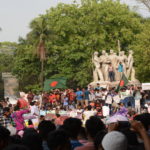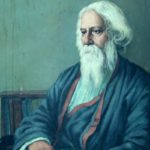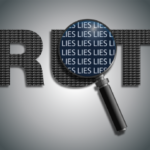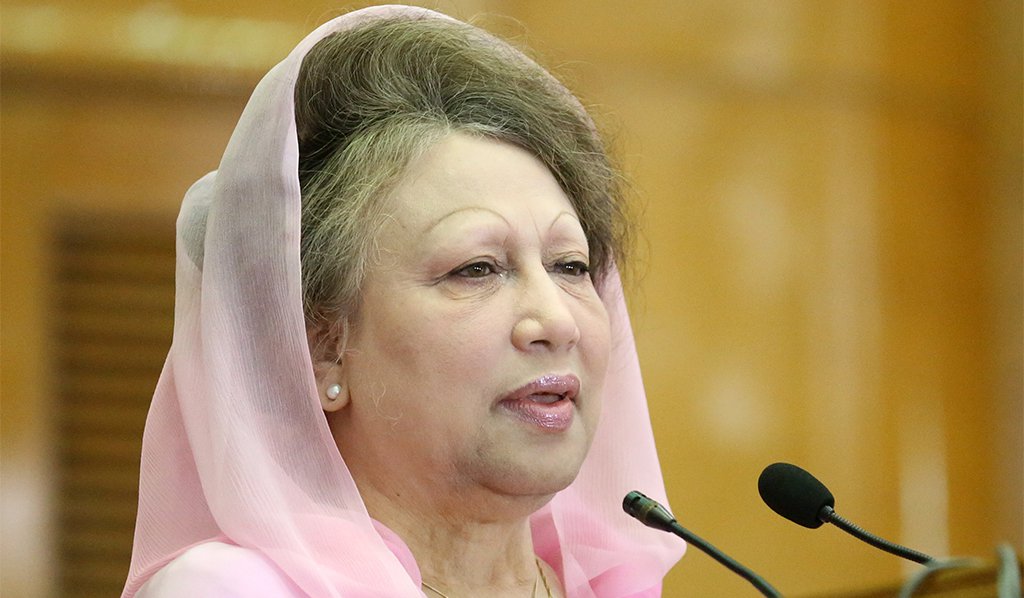Five years have passed since the Shapla Square massacre took place in Dhaka.
On May 5, 2013, more than 100,000 Hefazat-e-Islam leaders and activists entered the capital of Bangladesh through six highways – cutting off road transport between Dhaka and other regions of the country – with an aim of peacefully protesting against a blasphemy law.
With a 13-point demand list, the protestors came to the capital after police permitted them to hold a protest in the capital on condition of not causing any violence.
Hefazat raised its demands which included a ban on men and women interacting freely in public and restoration of pledges to Allah in the Bangladeshi constitution. The group also demanded death penalty for the people who defame Islam from the mass demonstration.
At one point of the protest, the law enforcement officials fired rubber bullets and tear gas along with bullets on the protestors who were armed with stones and crude bombs.
The crackdown hit Shapla Chattar area of Dhaka’s Motijheel the hardest. Besides, the national mosque area was also vandalised. The protestors also set fire to shops, two office buildings, and a bus during the clash.
After violence gripped the city, Awami League led government forced Hefazat leaders and activists to exit Dhaka.
The government stopped airing two local television channels – Diganta TV and Desh TV. Correspondents of foreign media outlets in Bangladesh were asked not to report on the incident.
Later, the government and opposition parties presented widely-differing accounts of what happened on that day.
According to the Hefazat leaders and a few human rights organisations including Odhikar, police and RAB killed hundreds of protesters during the sweeps, before secretly dumping the corpses.
Hefazat leaders claimed that government workers picked up the bodies in garbage trucks and dumped them outside the city. Although Hefazat was compiling a list of the missing, finding the accurate number was hard because of harassment by the security agencies, they said.
According to the group’s leaders, 2,000-3,500 people were killed by the security forces. Some opposition figures hyperbolically called it “genocide.”
In turn, the government marked the statement of opposition and Hefazat as fabricated.
The then foreign minister of Bangladesh Dipu Moni said that security forces conducted a well-planned and disciplined operation, designed to minimize casualties.
She also denied that anyone was killed during the operation, saying that the police had recovered only the bodies of 11 people killed during the previous day’s clashes.
However, the Human Rights Watch found neither of the accounts credible.
Although many people were killed in the crackdown and the government showed its strength of dominating the local Islamist parties to the international community, what is the actual stance of Awami League about Hefazat?
Ruling Awami League is known for its moderate ideology and Hefazat is a non-political extremist Islamist group, however, it seems like Awami League has zero grudge against Hefazat. In fact, Awami League leaders, including the party president Sheikh Hasina, were seen in different friendly meetings with Allama Shah Ahmed Shafi, chief of Hefazat.
A collaboration between Awami League and Hefazat could help both the parties to oppress Jamaat-e-Islam, the biggest political Islamist party of Bangladesh. Bangladesh Nationalist Party (BNP) and Jamaat alliance was the biggest opposition of Awami League in local politics which was nothing but a threat for them. What’s wrong if a hand-shake between Hefazat and Awami League can slightly ease the journey to the administrative power?













